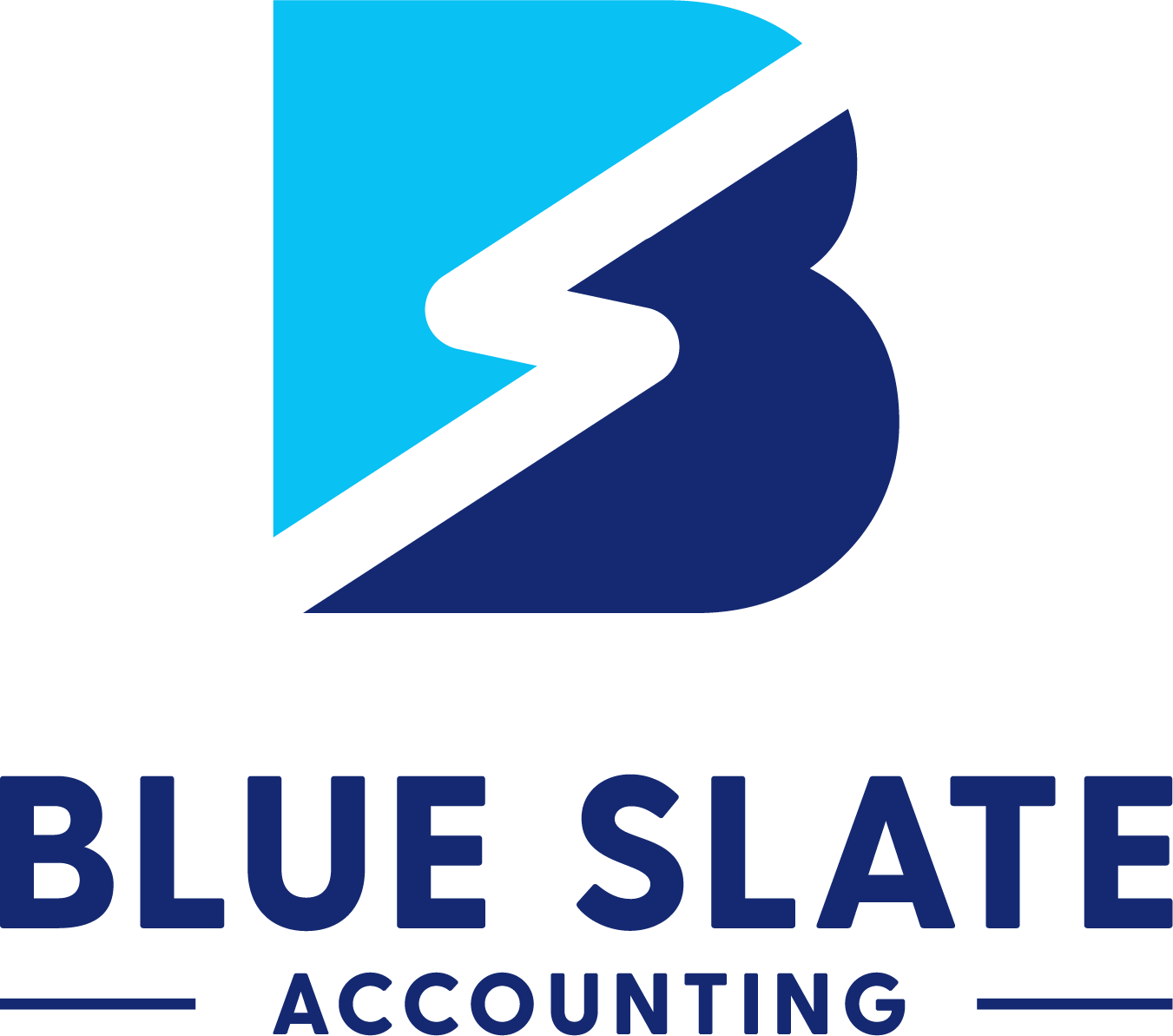A/R – Fast Track to Payment
Are you using technology to increase your cash flow from invoicing to money in the bank? If “I’ve always done it that way” is leading to longer A/R payment terms, now may be the time to revisit your policies and procedures regarding accounts receivable.
With the use of online billing, direct transfer of funds and services such as PayPal, technology has allowed businesses to make substantial improvements in their customer invoicing processes.
Here are six tips you can use to review your own invoicing process.
<h4> 1. Invoice Creation </h4>
Time and billing, project management, or point of sale are the top methods of billing. The best way to create all of your invoices is by the push of a button. Eliminate duplicate data entries and automate as much of the process as possible. By keeping your invoice data in real-time you are able to benefit from electronic invoice delivery.
<h4> 2. Invoice Delivery </h4>
Electronic Invoicing helps to ensure that the invoice is quickly approved. No more waiting for snail mail and losing time between invoice creation and the customer processing the invoice. Change that by using email or delivering the invoice electronically.
<h4> 3. Invoice Terms </h4>
What does 30 days mean to you? When do you want to get paid? Chances are, if you set your payment terms to Net 30, you’re more likely to get paid in 45 days, not 30, according to recent research by Xero, where over 12 million small business invoices were reviewed. Consider setting your terms to 13 days or less, Xero suggests, because most small business debtors pay two weeks late.
<h4> 4. Payment Method </h4>
Checks, credit cards, PayPal and debit cards are all methods of payment for invoicing. How does your business rate when it comes to payment options? If all you take is checks, this practice could delay your payment. Before making payment practice adjustments, take into account fees lost to receiving credit card payments.
Your industry may even have more options. For example, in accounting, Intuit has their Intuit Payment Network (IPN) where small businesses can receive money electronically and send and receive requests for money. IPN is far cheaper than PayPal fees, too.
<h4> 5. Receipt </h4>
Consider time spent going to the bank with the receipt of a hard check. When you get paid electronically, it’s in your bank (or your merchant account) within minutes. If you bank online, you can see things in real time. With multiple of paper checks, based on the bank you use, you also have additional bank fees incurred from processing the checks. In addition, depending on if deposits contain out of state checks, additional time might be required for all checks to clear and monies to be available in your account.
<h4> 6. Following up on overdue invoices </h4>
Very few business owners like to follow-up on overdue accounts. But… you’ve done the work and deserve payment for performance. After all, you’ve already paid your employees, so it’s important to remain vigilant on collection of past due accounts. Those clients that are habitually late payers should be considered for prepay or COD terms.
How did your A/R process rate on the 6-point checklist? Hopefully this gave you some ideas for improvement? As always, please reach out if you have A/R questions or if we can help you implement your best practice invoicing system.










